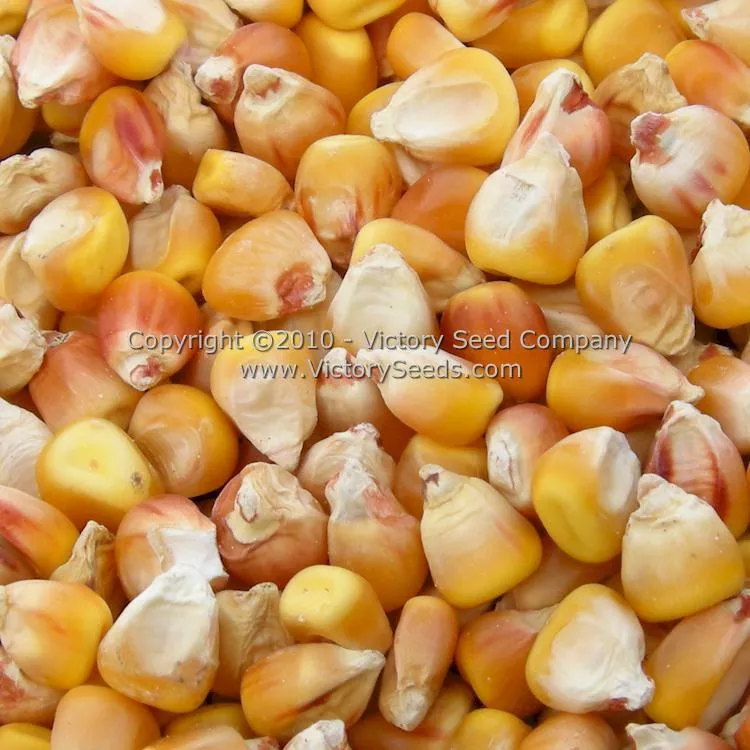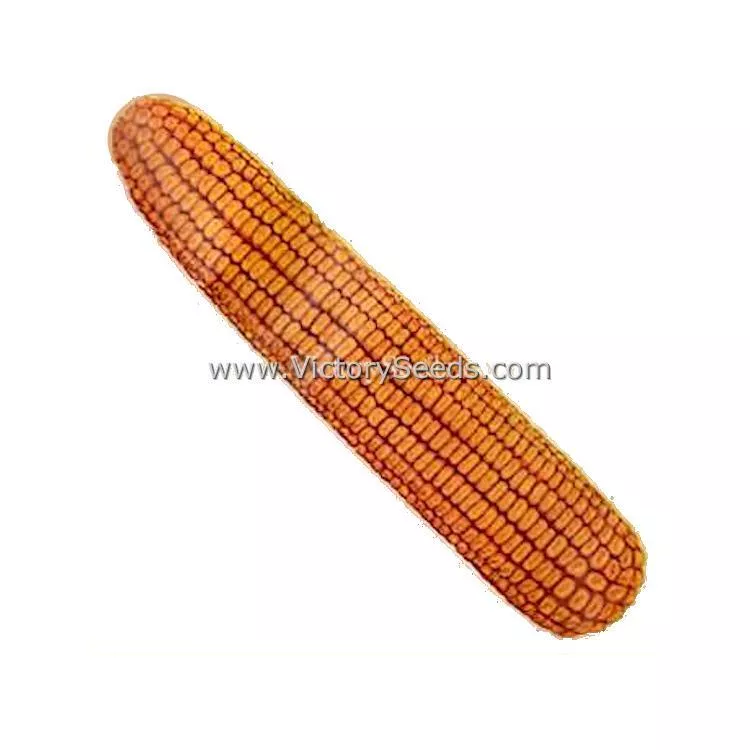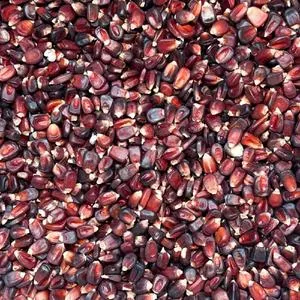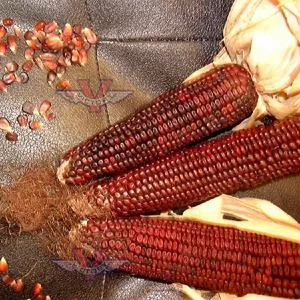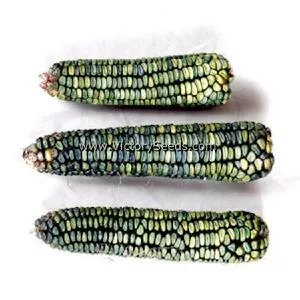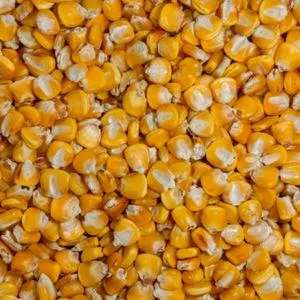

Lancaster Surecrop Dent Corn
Price: $3.33
SKU: 31402311Dating back to the early 1900s when Isaac Eby Hershey, and later his son Noah Leaman Hershey, developed this historic dent variety over a period of years in Lancaster County, Pennsylvania. They crossed many varieties selecting for early maturity, disease resistance, ease of harvest and uniformity and began selling seed in 1910. It has been reported that at one time, over 10% of all U.S. bred modern hybrid corn varieties can trace their heritage back to this variety.[1]
Genetic Classification: Open Pollinated
Sow seeds about 1½ to 2½ inch deep, 3 to 4 inches apart, in rows spaced 24 to 30 inches apart. Thin to 6 to 12 inches apart.
Harvest Information:
Pick the ears for dry grain or decoration when the husks are dry and the kernels are hard enough that you cannot make a dent in them with your fingernail. Many people pick the ears too early when kernels are still soft. If this is done they shrivel up and shrink and their beauty is destroyed. They cannot finish maturing once they have been picked.
Even though the ears look dry, there remains moisture deep within the cob. If you were to enclose them in a box, the moisture would cause them to sour and mold. You may let them dry longer on the plants if neither weather nor predators are damaging them. Otherwise hang them up or lay them out in the open until they are completely dry inside.
Customer Reviews:
By Will Schmit on May 29, 2017
I planted about thirty seeds. My other varieties came up fine, but I had to replant 25%. Will wait and see how the yield is.<br>
By David Emigh on December 1, 2013
Perfect germ, no pest or disease problems, almost. One ear did develop smut, unlike the flint corn, and was removed from the lineup promptly. 10-12' stalks, thick, 2-3 immense ears per. The stalk on the wet end of the row was pitiful, though. Pollination was certainly adequate, but not quite complete; probably due to the rainy, fairly still summer we had. My neighbors are claiming severe corn envy.
By Vinny Hall on August 28, 2013
I ordered this variety because I am a beginner grower. I grew the corn in five rows of seven knowing it needs to be grouped for wind pollination. They were blown over by the wind very easily and when ears started to form they started bending a quarter of the way up the stalk and in some cases snapped. The stalks ended up being about 7 to 8 feet tall. The ears that I harvested were about nine inches and uniform kernels. I will be trying a different variety next season.<br>

